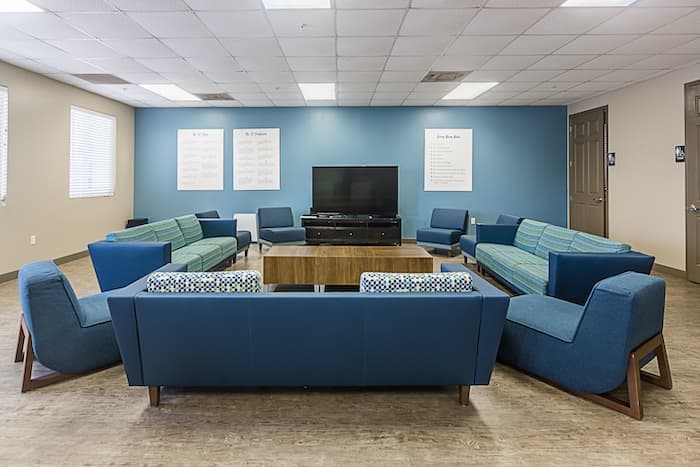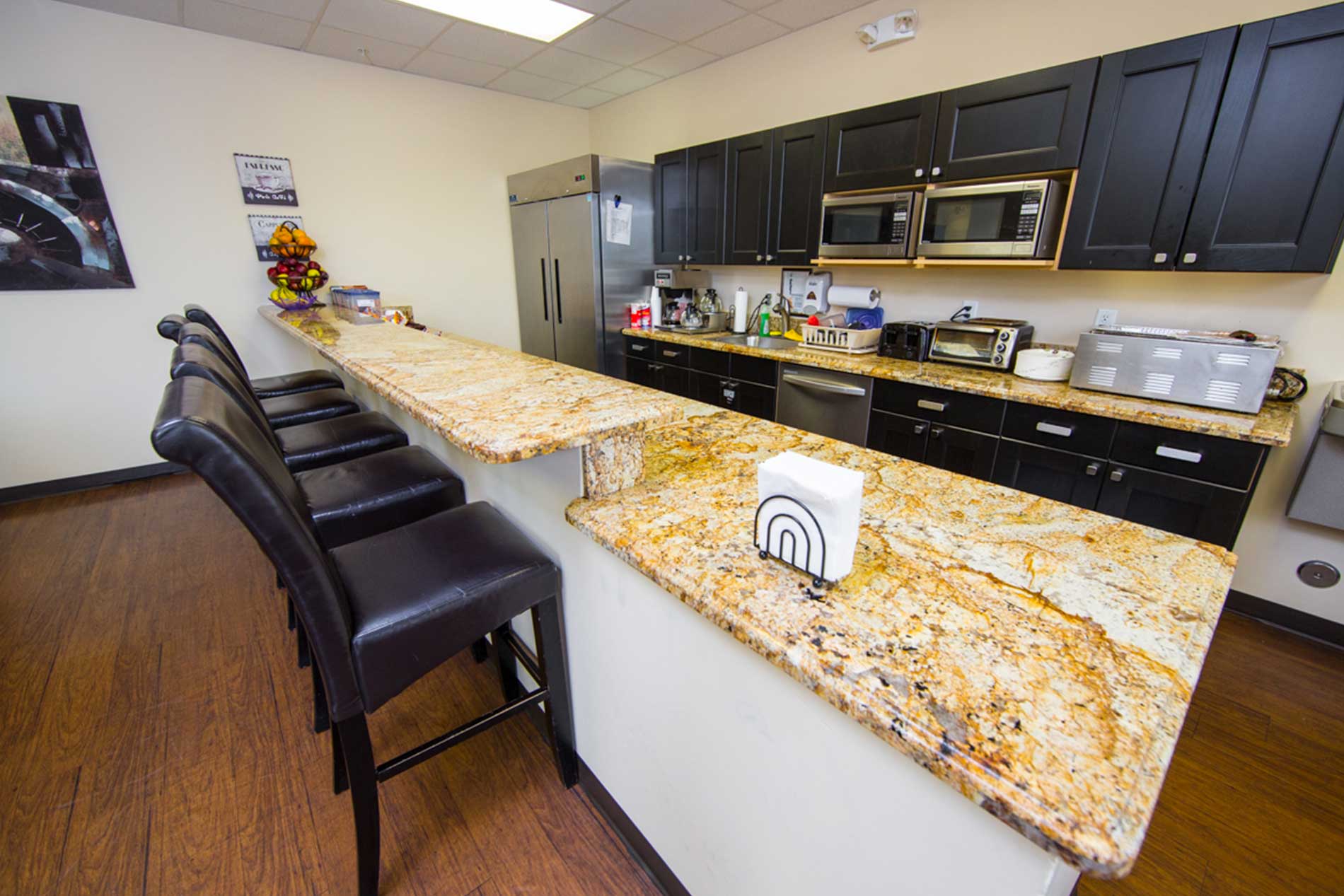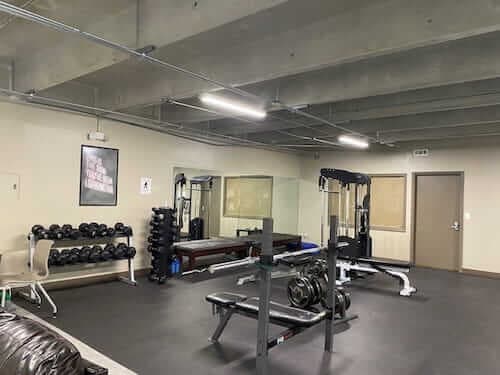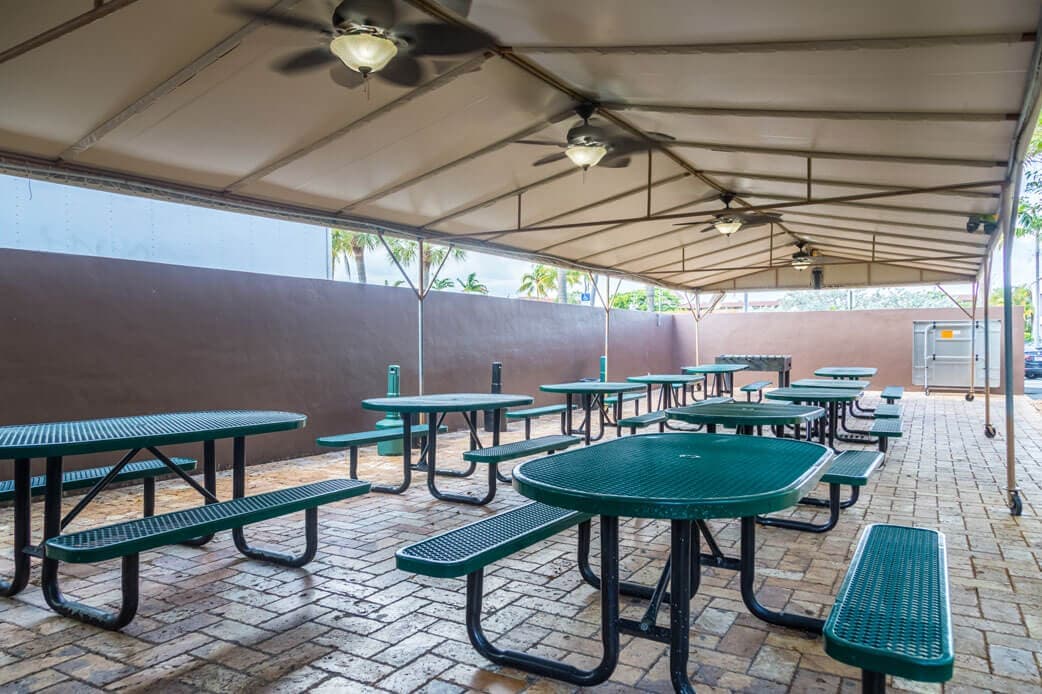Drug and Alcohol Rehab Center in Hollywood, Florida
Recovery First is a Florida rehab center located between Ft. Lauderdale and Miami. We offer inpatient alcohol and drug addiction rehab treatment in a residential rehab setting as well as detox and outpatient treatment. Our addiction treatment programs are evidence-based and promote personal responsibility with a focus on three key areas: post-acute withdrawal syndrome, denial management, and relapse prevention. Learn more about our alcohol and drug rehabilitation facility in Hollywood and the greater Miami area.
Our Stats
Learn MoreOur Features & Amenities
Our pleasant and cozy drug and alcohol rehab facility located between Ft. Lauderdale and Miami offers various amenities such as:
- A gym/fitness center.
- Indoor and outdoor recreation areas.
- Community spaces.
- Barbecue grills.
- Outdoor smoking areas.
- Mindfulness spaces.
Recovery First is committed to ensuring your treatment experience is not only safe and successful but also as comfortable as possible.




Our Rehab Programs & Therapies
Begin your journey to a life of sobriety at Recovery First Treatment Center, located in the Fort Lauderdale/Miami area.
Our Florida rehab center offers a wide array of evidence-based addiction treatment approaches, including:
- Various levels of rehab, including medical detox, residential treatment, and outpatient care.
- Individual counseling and group therapy.
- Treatment for co-occurring disorders.
- Our specialized program for Veterans and First Responders.
- A specialized treatment track for healthcare professionals.




Co-Occurring Disorder Treatment
Safe Medical Detox
Addiction Focused Healthcare
Inpatient Residential (IR & RTC)
Telehealth Addiction Treatment
Diagnostic & COVID Testing
LGBTQ+ Friendly
Accepts Couples
Veterans Services
First Responders Services
Impaired Professionals Program
LGBTQ+ Support Program
Chronic Mental Illness Treatment
Christian Recovery Program
Married Couples Program
Young Adults Program
Treatment Medications (MAT)
Proven Addiction Therapies
Trauma-Based Therapies
One-on-One Counseling
Family Therapy
AA/NA & Faith-based Recovery Programs
Group Therapy
12-Step Groups (AA/NA)
SMART Recovery / Other Secular Groups
Art and/or Music Activities
Stress Management & Mindfulness
Wellness Programs
Anger Management
Equine Activities
Alumni Community
Alumni App
Co-Occurring Disorder Treatment
Safe Medical Detox
Addiction Focused Healthcare
Inpatient Residential (IR & RTC)
Telehealth Addiction Treatment
Diagnostic & COVID Testing
LGBTQ+ Friendly
Accepts Couples
Veterans Services
First Responders Services
Impaired Professionals Program
LGBTQ+ Support Program
Chronic Mental Illness Treatment
Christian Recovery Program
Married Couples Program
Young Adults Program
Treatment Medications (MAT)
Proven Addiction Therapies
Trauma-Based Therapies
One-on-One Counseling
Family Therapy
AA/NA & Faith-based Recovery Programs
Group Therapy
12-Step Groups (AA/NA)
SMART Recovery / Other Secular Groups
Art and/or Music Activities
Stress Management & Mindfulness
Wellness Programs
Anger Management
Equine Activities
Alumni Community
Alumni App
How To Pay For Addiction Treatment Services
- We’ll instantly check the coverage offered by your insurance provider.
- You may receive treatment at one of our facilities at a reduced rate.
Frequently Asked Questions
Recovery First Treatment Center Reviews

Florida Substance Use & Treatment Landscape
American Addiction Centers (AAC) is committed to delivering original, truthful, accurate, unbiased, and medically current information. We strive to create content that is clear, concise, and easy to understand.
While we are unable to respond to your feedback directly, we'll use this information to improve our online help.